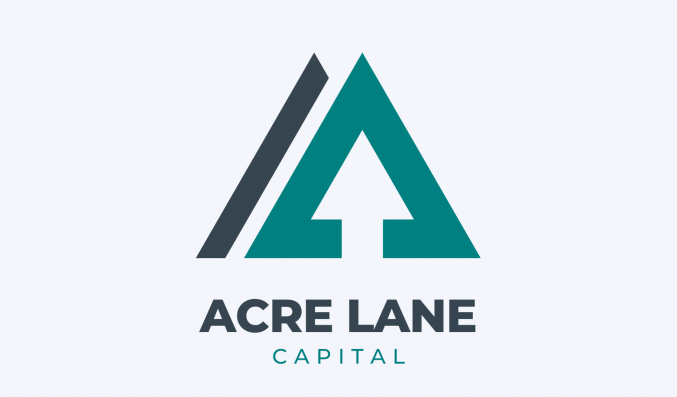Bridging Loan & Finance Interest Rates: A Complete Guide
By Helen Jackson

The interest rate is what makes the loan repayments expensive. So if you’re considering taking out bridging finance — you need to look at the total cost of the loan, which includes all interest fees and additional charges you may be required to pay.
When taking out any finance, you must research all lenders and compare deals to ensure you get the best deal for your needs.
In this guide, we’re talking you through everything you need to know about interest rates for bridging loans. Everything from the average rate and the future of interest rates, to sharing factors you should consider.
How do interest rates apply to and work with bridging loans?
Rather than charging an APR (annual percentage rate), bridging loan lenders usually charge their interest monthly. Why? Because bridging loans are used in a short timeframe, unlike mortgage repayments which are paid back over a long period of time, say 30 years. A bridging loan is only to bridge the financial gap between buying and selling property; the borrower will pay the loan back in as little as a few months to 12 months.
Are there any core differences exclusive to bridging loan interest rates not typical of other loan types?
Because bridging finance lenders have less time to make money from a bridging loan customer, their interest rates are much higher than other forms of finance. But, if you only need the loan for a short period, say a month, then you’ll only pay a month’s worth of interest fees.
What is the average interest rate on a bridging loan?
According to the price comparison site Money, borrowers should expect to pay between 0.4% and 2% in interest on their bridging loan. But even a small increase in rates can mean you end up paying a lot more per month.
Bridging loan interest rate example:
Let’s say you need £50,000 to buy a new property. You take out a bridging loan with an interest rate of 1% over a period of 12 months. The total cost of your loan will be £56,000. But remember, this is before any additional fees.
You can use our bridging loan calculator to give you an idea of how much interest you could expect to pay. Remember, the figures shown to you by our calculator are to be used as an indication. For a specific quote, you’ll have to contact one of our trusted lenders.
Are bridging loan interest rates standard across the board for different providers or do they differ?
Rates vary by provider; that’s why it’s so important to compare lenders to ensure you’re getting the best deal. You can read more about our trusted loan lenders in our directory. Read about each lender and apply on their website directly.
If you’ve got any questions about bridging finance, our friendly team are just a phone call away. Call us today on 01606 610828.
Do bridging loan interest rate trends tend to fluctuate or remain flat?
Just like with many other forms of finance, interest rates for bridging loans can be either fixed or variable. If having a fixed interest rate is important to you, make sure you prioritise this when searching for finance. If you choose a variable interest rate, the lender will have usually aligned the rate with the Bank of England. This means if the rate goes up and down, so too will your payments.
What external factors influence bridging loan interest rates?
Interest rates are based on supply and demand. If demand increasing for credit need, then interest rates rise, and vice versa. But there are a few things that can help you determine the best interest rate for you:
- A good credit score
- Loan size
- Loan-to-value ratio
- Length of the loan term
- Shop around and research your options
When is the best time of year to get the best interest rates on a bridging loan?
The best time to apply for bridging finance is when you need it. Unfortunately, there is no best time of year to get favourable interest rates for your bridging loan. Interest rates can fluctuate at any time of year, influenced by outside factors that are beyond anyone’s control.
What are the most important interest rate factors to consider when taking out bridging finance?
These interest rates are high; there’s no doubt about that. It’s certainly not the cheapest finance out there. But if you only need it for a few months, and can pay it off with the equity in the property you’re selling, then it could be worthwhile. It’s a decision you shouldn’t take lightly, though. Instead, consider exploring alternative funding options, such as remortgaging one of your buy-to-let properties to release some equity for a deposit.
It’s important to realise that it’s not just interest rates you need to factor into the cost of your loan. You should be aware of exit fees, broker fees, any admin fees, sometimes legal fees and valuation fees.
Always read the small print on all loans before signing on the dotted line.
What does the future hold for bridging loan interest rates? Will they go up or down?
Right now, the base rate is way below the average (all-time low at 0.1%) since the pandemic. So now could be a good time to secure bridging finance. It’s unlikely interest rates will rise before the end of 2021. However, you can expect them to rise in the future.
Before you go, here’s BLD’s recommendations and tips
- You should always consider the full cost of your bridging finance, not just the loan itself.
- When comparing lender interest rates, we’ve got a whole load of trusted providers for you to check out.
- Always ask lenders questions like, is the interest rate fixed or variable? Is interest calculated on a monthly basis? Are you offering a ‘teaser’ rate that will increase?
- If you have any questions about the bridging finance application process or about interest rates, contact us — we’re here to help!
Looking for more information about bridging loans? We’ve got an entire guide section waiting to be rifled through.










You must be logged in to post a comment.